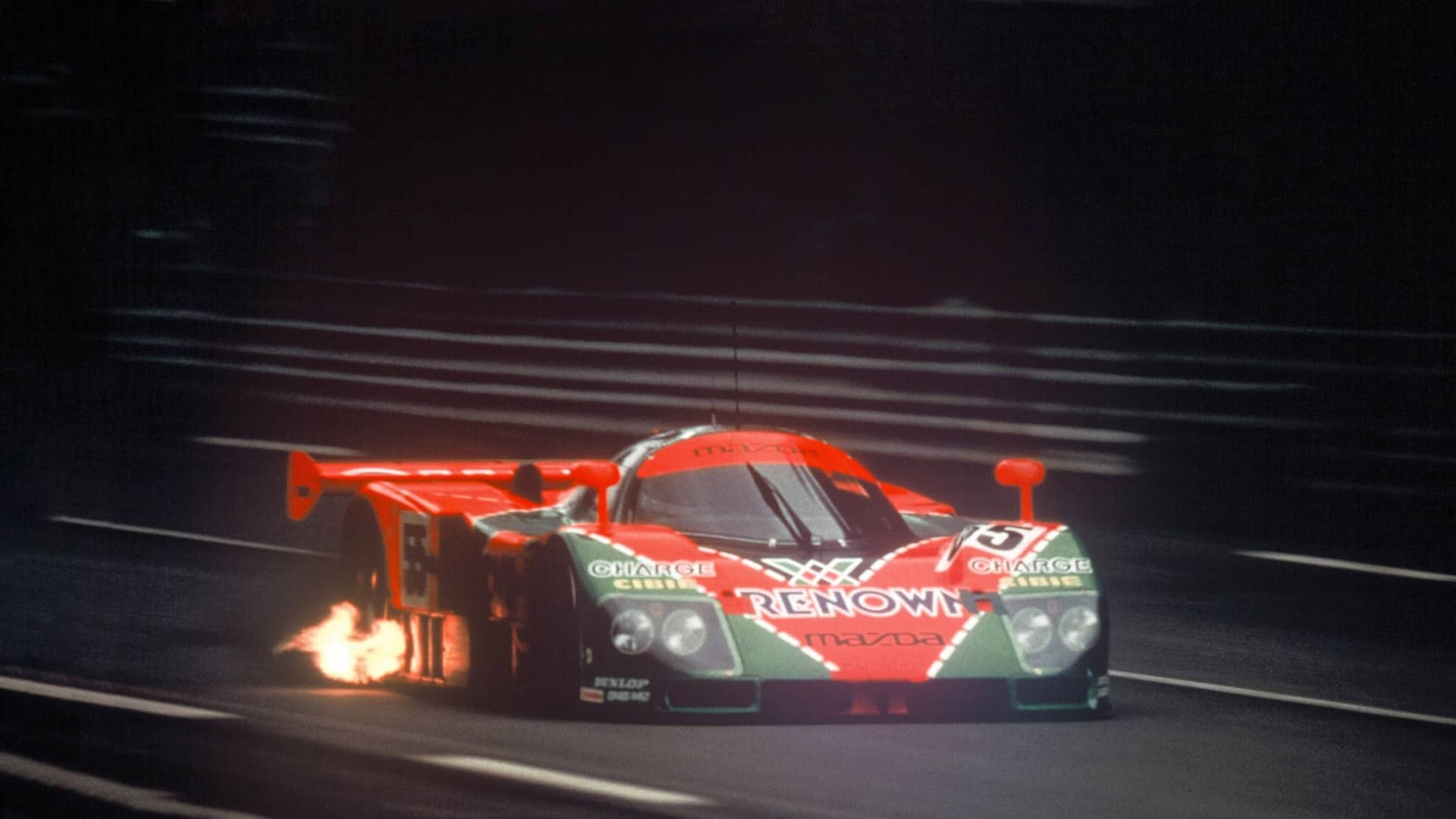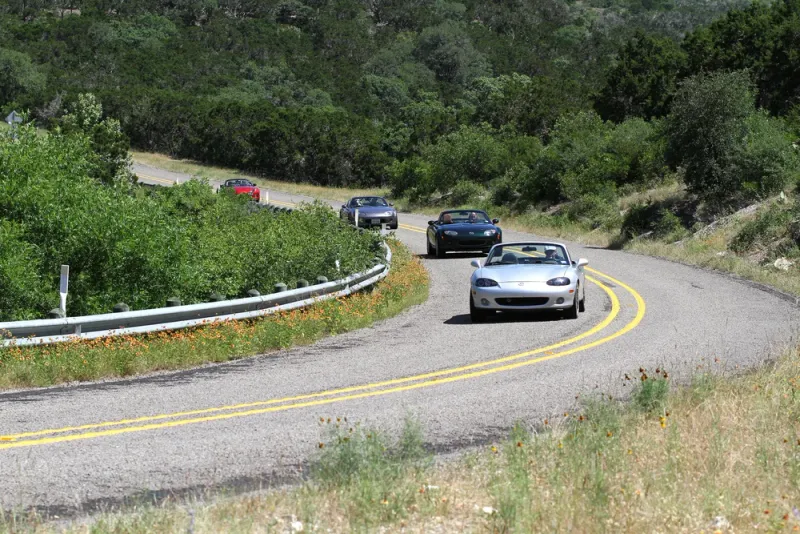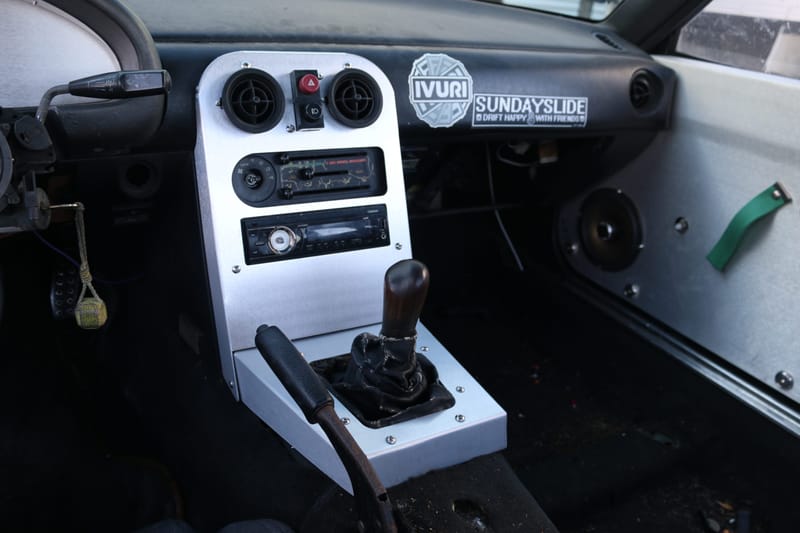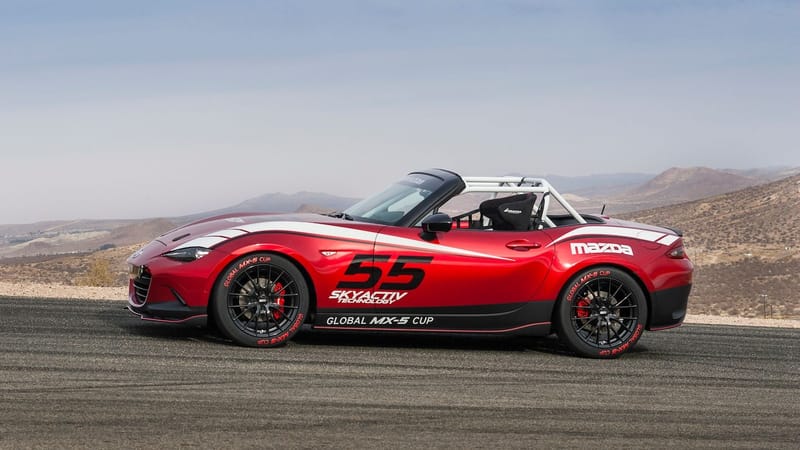Historic Mazda Racing Legends: Cars and People That Inspired the Miata
Long before the MX-5, Mazda built its reputation on lightweight racers that beat bigger rivals with balance and endurance. From 1960s rotary machines to the RX-7, the philosophy stayed constant: prioritize driver feel and clever packaging over brute force.

Before the MX-5 existed, Mazda spent decades proving a simple idea on track: light, balanced cars that communicate clearly will outlast and outmaneuver heavier, more powerful rivals. Endurance grit, clever packaging, and an obsession with driver feel run straight from Mazda’s 1960s rotary racers through the RX-7 era and into the Miata’s DNA.
1960’s – Rotary, Nürburgring
Mazda’s first halo sports car, the Cosmo Sport (110S), carried the new twin-rotor engine into brutally long races to prove durability. In 1968, a Cosmo finished the 84-hour Marathon de la Route at the Nürburgring, an early statement that lightness, efficiency, and mechanical reliability can beat big displacement over time. This endurance-first mindset would later anchor the Miata’s “fun you can use every day” philosophy.

Early 1970’s - Giant-Killing RX-2 and RX-3
At home in Japan, rotary-powered RX-2 and RX-3 sedans took on dominant six-cylinder rivals in touring-car battles. The RX-3’s landmark win at Fuji signaled that agility, responsiveness, and persistence could upset favorites with more power. Mazda learned to prioritize quick transitions, stable braking, and setups that stay consistent over a race stint, skills that later informed the MX-5’s suspension tuning and neutral balance.

Late 1980’s - RX-7 and the Art of Balance
The RX-7 became a global endurance and IMSA GTU force. Privateers and factory-backed teams racked up titles by exploiting the chassis’ low weight, tidy packaging, and predictable behavior over long distances. The lesson Mazda kept reinforcing was not brute force but repeatable pace: tight control locations, robust cooling and brakes, and a platform that stays composed when tires and drivers are tired. That same “win with rhythm” approach is exactly how a Miata feels when you link corners smoothly.

1991 - 787B Wins Le Mans
The four-rotor 787B’s overall victory at the 24 Hours of Le Mans, first by a Japanese manufacturer and the only overall win for a rotary, crystallized Mazda’s identity. It was a triumph of efficiency, team discipline, and mechanical sympathy. Translate that to a roadster and you get a car engineered for precise control, consistent feedback, and a depth of durability that invites daily driving, weekend autocross, and the occasional track day without drama.

The People Who Carried the Torch
Kenichi Yamamoto championed Mazda’s rotary era and later, as chairman, supported the idea of a lightweight sports car when bean-counting might have killed it.

Bob Hall, an American journalist turned product planner, pushed for “a simple, affordable two-seat roadster” inside Mazda’s U.S. office. Toshihiko Hirai, the MX-5 program manager, codified jinba-ittai, horse and rider as one, as the development mantra, forcing ruthless discipline on weight, ergonomics, and chassis feel.

Tom Matano (with designers like Mark Jordan) shaped the NA’s timeless proportions and friendly face, wrapping the engineering in a body that promised approachability rather than intimidation. Yojiro Terada, multiple-decade Le Mans veteran, embodied Mazda’s endurance ethos and served as a living link between the company’s racing culture and its road cars.
What Carried Over into the MX-5
Lightness, First and Last. The NA launched around a metric ton, with every gram scrutinized. A light car needs less tire and brake, which keeps costs down and feedback high, exactly the RX-7 playbook scaled to the street.
Balanced Layout. A front-mid engine position and near-50:50 weight distribution made the Miata rotate predictably and recover quickly, echoing the agility that helped the RX-3 punch above its weight.
Suspension That Talks. Independent double wishbones on the NA (and careful geometry on later generations) kept camber in check and the contact patch honest, a road-going expression of race-bred stability over long stints.
Power Plant Frame (PPF). Borrowed in spirit from endurance packaging discipline, Mazda tied the gearbox to the differential with a rigid frame to reduce driveline lash and preserve that knife-clean shifter feel, lap after lap.
Ergonomics for Consistency. Short-throw shifter, perfectly spaced pedals, a quick-to-use soft top, and visibility that lowers cognitive load, these are endurance-race ideas translated into everyday usability and “always on your side” confidence.
The Other Half: Classic British Roadsters, Re-Engineered
Mazda didn’t copy its racers to build the MX-5. It studied the essence of classic British roadsters, especially the Lotus Elan, and re-engineered the concept with Japanese reliability and race-team rigor. Keep the front-engine, rear-drive layout, the compact footprint, and the talkative steering; add modern sealing, electrics, crashworthiness, and parts support. The result was familiar joy with far fewer compromises.
Why This Heritage Still Matters
A Miata isn’t fast because it overwhelms a spec sheet; it’s fast because it wastes nothing, no extra mass, no vague controls, no nervous geometry. That philosophy traces directly to Mazda’s rotary endurance experiments, RX-7 balance, and the 787B’s metronomic pace. It’s why an MX-5 rewards clean inputs, lasts when used hard, and feels fresh the tenth lap the same way it did on the first.




